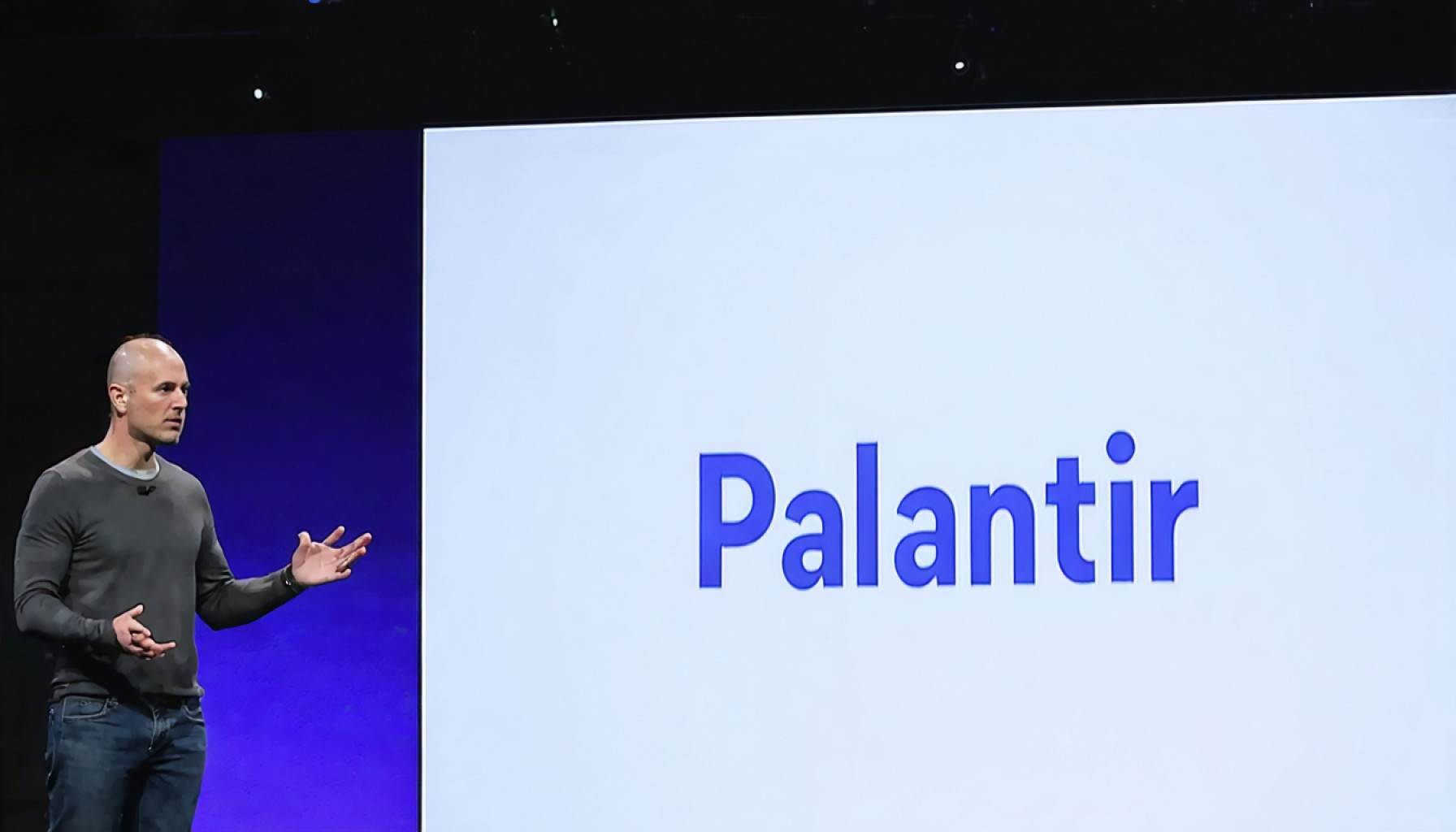- The new Trump administration has paused billions in funding intended for the expansion of the U.S. electric vehicle (EV) charging network.
- This halt affects the NEVI program, which had allocated $5 billion over five years to build charging stations across America.
- State officials are now facing uncertainty, as many charging infrastructure projects are on hold, awaiting further guidance.
- Potential legal battles may arise over the halting of projects already approved under the previous administration.
- Despite federal delays, private companies remain committed to advancing EV infrastructure to meet growing demand.
- The temporary pause raises concerns that the U.S. could fall behind in the global transition to electric vehicles.
- The situation highlights the broader implications of policy changes on the nation’s automotive future.
A bolt of political lightning: the new administration, led by a resolute President Trump, has paused billions earmarked for expanding the nation’s electric vehicle (EV) charging network. Envision supercharged highways connecting rural and urban America, now temporarily unplugged. This abrupt halt has left state officials blinking in disbelief—programs once humming with anticipation are now in a standstill.
States, under the Biden administration’s NEVI program, were poised to close the gaps in the charging infrastructure. From bustling cities to remote byways, charging stations aimed to alleviate the range anxiety that keeps potential EV buyers awake at night. The promise was simple: $5 billion over five years to propel America into an electric revolution. Yet, new directives have introduced a jarring detour.
While the funds sought to illuminate neglected regions, the uncertainty threatens to dim this vision. Projects caught mid-stream linger as unresolved chapters; states clutch tentative plans, awaiting clarifying guidance. Legal skirmishes loom on the horizon, as stakeholders argue that there’s no legal basis for derailing already sanctioned projects.
Amidst this whirlpool of policy shifts, private enterprises remain the bulwark of hope, promising to electrify American roads regardless of federal currents. Industry moguls assure that demand will keep the drive alive, even if the pace becomes languid.
As America watches, the broader implications resonate: in a world swiftly embracing electric dreams, any stalling could leave the U.S. trailing in the automotive race of the future. The momentum is undeniable, yet time will reveal if the nation’s EV aspirations will surge forward or stall in the passing lane.
Will U.S. Electric Vehicle Infrastructure Survive the Political Storm?
How-To Steps & Life Hacks:
1. Charging Station Installation: For potential entrepreneurs or businesses interested in entering the EV charging market, begin by selecting the right location with high traffic and minimal current charging options. Obtain necessary permits, choose a reliable charging equipment provider, and consider partnerships with retail or food venues to increase foot traffic and profits.
2. Navigating Policy Changes: For state officials and project managers facing abrupt policy halts, focus on maintaining project momentum through alternative funding sources, including state funds and private partnerships. Keep abreast of legal developments and leverage relationships with lobbyists and industry groups to advocate for your projects.
Real-World Use Cases:
– Rural Charging Solutions: Companies like Tesla are investing in expanding charging solutions in less urbanized areas to ensure nationwide coverage and reduce range anxiety. Installing chargers at community hubs, such as grocery stores and town squares, can make EVs more practical in remote locales.
– Fleet Adaptation: Corporations with large vehicle fleets are gradually turning to electrify their vehicles. By installing private charging stations at company-owned logistics centers, firms like Amazon are poised to meet their sustainability goals despite funding uncertainties.
Market Forecasts & Industry Trends:
– The global EV market is expected to grow significantly, with BloombergNEF projecting that EVs will account for 54% of new car sales by 2040. The U.S. risks falling behind without consistent investment in infrastructure.
– Private sector involvement is set to increase, with companies like GM and Ford expanding their EV commitments regardless of federal policy shifts.
Controversies & Limitations:
– Legal uncertainty surrounding federal funds introduces risks for long-term planning. Stakeholders are concerned about the consistency of federal support, arguing recent halts destabilize sanctioned projects and disrupt supply chains.
– While private enterprises can fill gaps, they may focus on profitable urban corridors, potentially neglecting less populated, rural regions, thereby exacerbating geographic disparities in EV access.
Features, Specs & Pricing:
– EV Charging Stations: Typically, Level 1 chargers offer 4-5 miles of range per hour of charging, while Level 2 chargers provide 15-25 miles per hour, and DC Fast Chargers deliver 60-80 miles in just 20 minutes. Price points vary by installation complexity and geographic location.
Security & Sustainability:
– Security for charging stations is vital to prevent theft and vandalism; companies are investing in monitoring systems and protective casings.
– Sustainability efforts are driven by ensuring charging stations themselves have a minimal carbon footprint, possibly using solar panels to power them where feasible.
Insights & Predictions:
– The U.S. may rely heavily on decentralized solutions and public-private partnerships until policy stabilization occurs. As global competitors invest heavily in EV infrastructure, there’s pressure to resolve domestic uncertainties swiftly.
Pros & Cons Overview:
Pros:
– Private investment in EV infrastructure can ensure continued innovation and coverage.
– Decreased emissions align with broader sustainability targets.
Cons:
– Stalled funding halts can delay broader EV adoption.
– Legal challenges may impose additional costs and time delays.
Actionable Recommendations:
1. For Consumers: Consider purchasing a Level 2 home charger if feasible, to offset potential delays in public infrastructure.
2. For Policymakers: Focus on ensuring legal clarity and steady funding streams to avoid project disruptions.
3. For Investors: Target investments in underserved areas offering growth potential when federal support resumes.
For more about EV advancements and industry insights, visit Bloomberg and Tesla.














